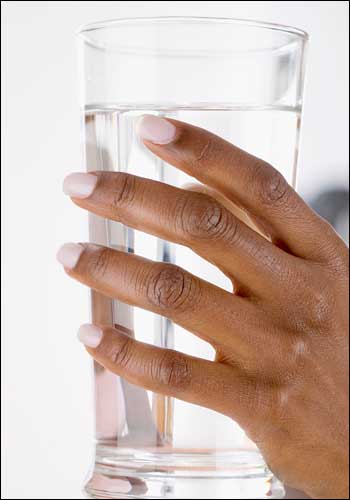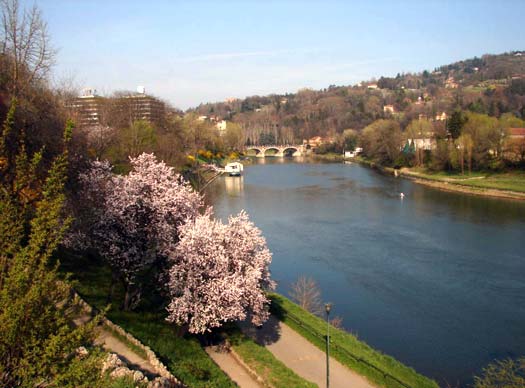More than fifty percent of the human body is made of water. Knowing that, it’s not hard to realize how important staying hydrated is to a person’s well-being. In fact, dehydration can cause confusion, dizziness, and sluggishness in addition to other more serious symptoms. And while people can go for weeks without eating, a person can’t live more than a few days without water. Water is a precious, valuable resource for the human body.
Knowing this, people still persist in drinking beverages that don’t truly hydrate and cleanse the body. In the modern day, it’s so much easier to grab a sugary soda or a grande latte than it is to pour a simple, clean cup of water. But if a person can drink the water instead, she will reap so many benefits! Here are just a few of them:
Detoxification: Randa Khalil says on Disabled World’s website that water is “the most ancient and potent natural detox aid ever known to mankind.” Unlike other fluids people can put in their bodies, water is clean and pure, and it helps the body remove toxins from their diet. The kidneys have a daunting task, but water can help them. Read more



